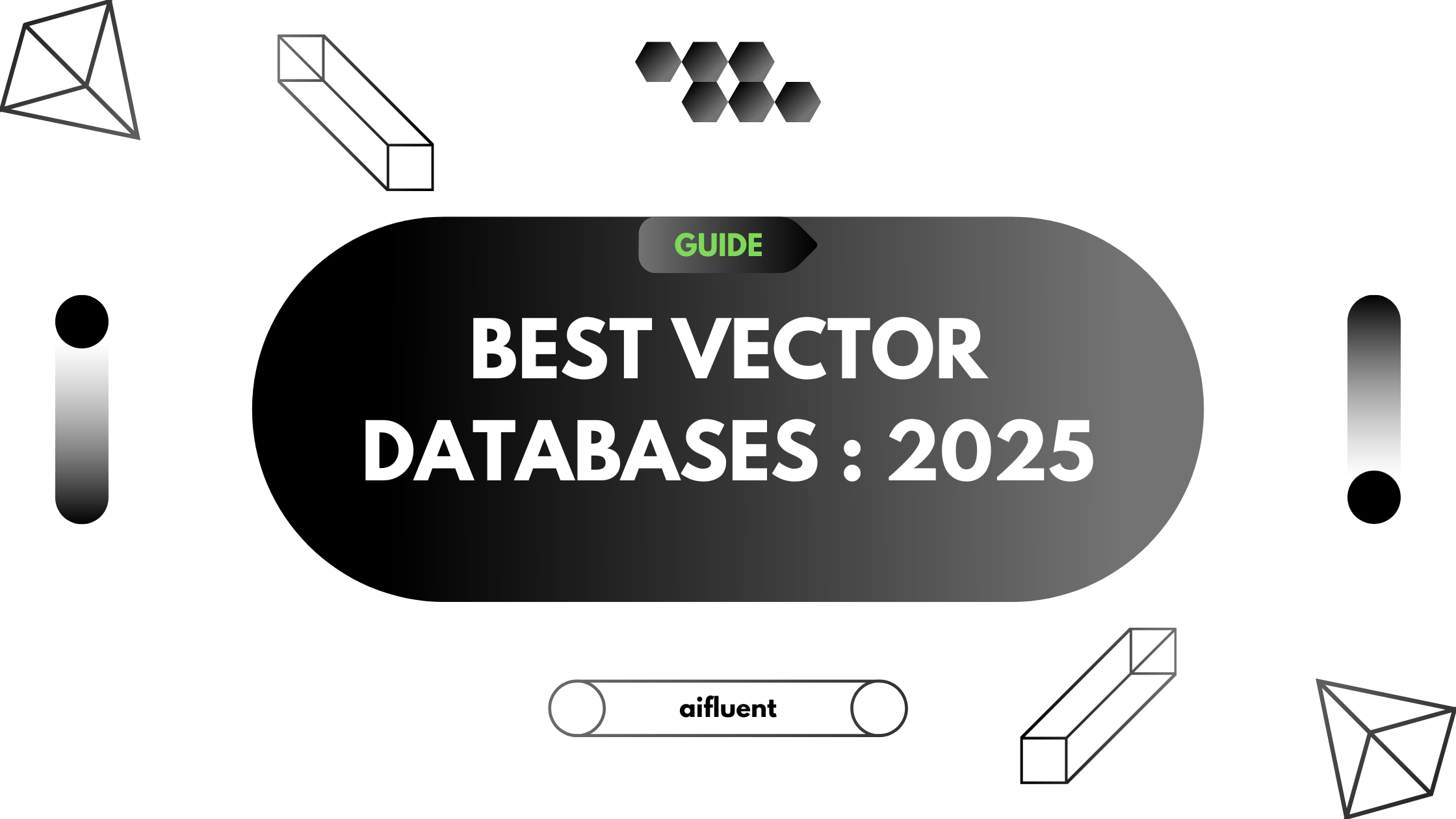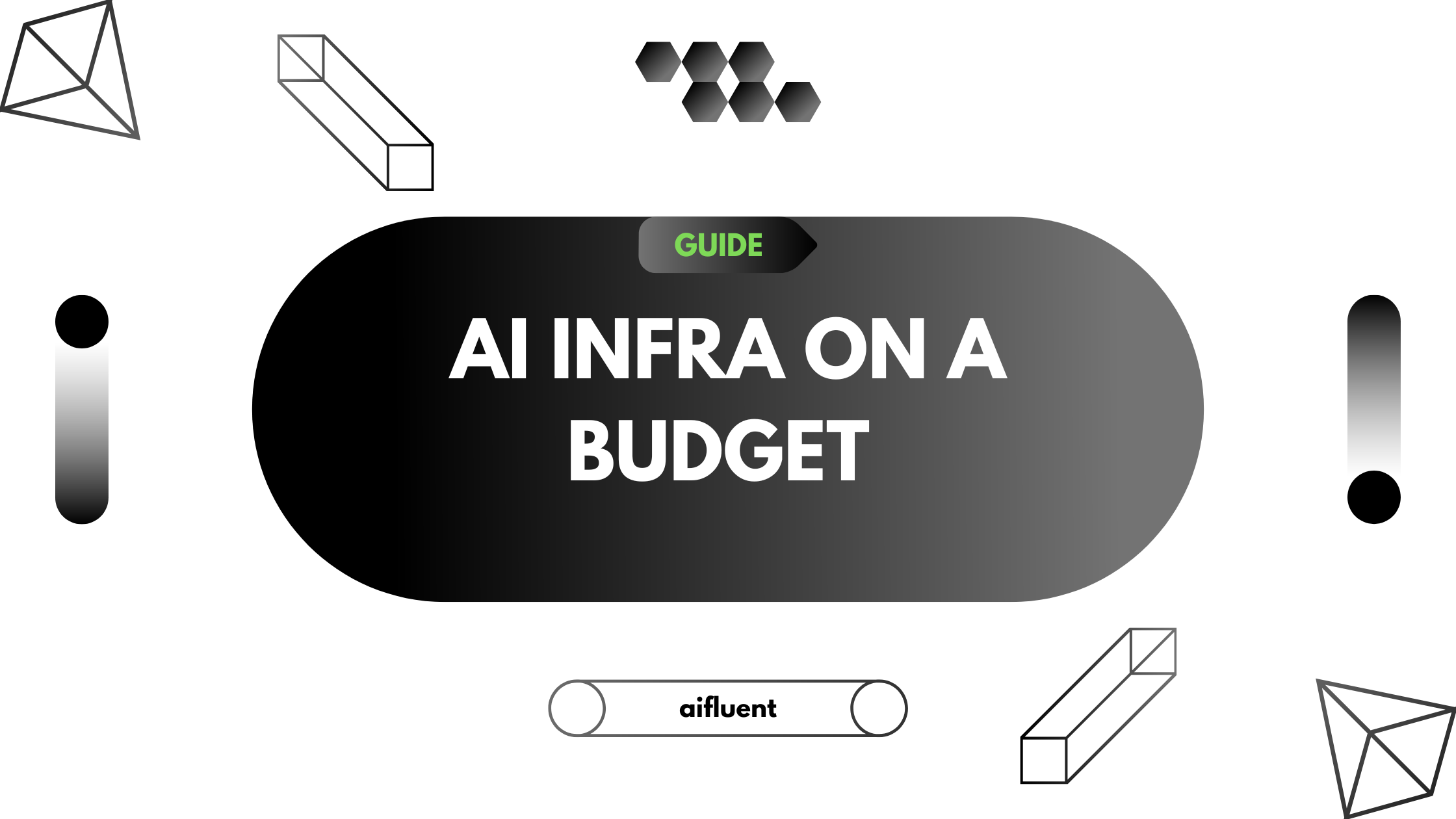
Best Vector Databases for Solo Devs in 2025
This guide covers five top-notch vector databases to get you moving fast.
Best Vector Databases for Solo Devs in 2025
Introduction
If you’re a solo developer building anything AI-related in 2025—like a RAG-powered chatbot or a smart recommendation engine—chances are you’ll need a vector database (vector DB). These databases help store and search high-dimensional vectors efficiently, which is key for anything involving embeddings.
But as a one-person team, you don’t want bloat, overkill, or tools that demand DevOps superpowers. You need something that:
- Works well locally or on small cloud VMs
- Plays nicely with Python
- Has a gentle learning curve
- Is open-source or has a free tier that’s actually useful
This guide covers five top-notch vector databases tailored for solo devs, with pros, cons, real Python snippets, and GitHub links to get you moving fast.
1. FAISS – Lightweight and Blazing Fast
FAISS (by Meta) is still the go-to if you want speed and control with no fuss.
Why You’ll Like It
- Super fast for both CPU and GPU
- No servers or setup—just import and go
- Perfect for mid-sized projects
Heads-Up
- Doesn’t save data by default—you’ll have to handle persistence
- No built-in UI or REST API
Quick Example:
import faiss
import numpy as np
dimension = 384
index = faiss.IndexFlatL2(dimension)
vectors = np.random.random((10, dimension)).astype('float32')
index.add(vectors)
query = np.random.random((1, dimension)).astype('float32')
D, I = index.search(query, k=3)
print("Top matches:", I)
GitHub: facebookresearch/faiss
2. ChromaDB – RAG-Friendly and Local-First
ChromaDB is purpose-built for LLM apps and integrates effortlessly with LangChain and LlamaIndex.
Why You’ll Like It
- Persistent storage by default
- One-liner install and friendly API
- Designed with RAG in mind
Heads-Up
- Still evolving—performance might vary with larger datasets
Quick Example:
import chromadb
from chromadb.config import Settings
client = chromadb.Client(Settings(chroma_db_impl="duckdb+parquet", persist_directory="./chroma_db"))
collection = client.create_collection("my_docs")
collection.add(
documents=["Python is great", "Vector DBs are fast"],
metadatas=[{"source": "note1"}, {"source": "note2"}],
ids=["doc1", "doc2"]
)
results = collection.query(query_texts=["Tell me about Python"], n_results=1)
print(results)
GitHub: chroma-core/chroma
3. Weaviate – Smart and Modular
Weaviate is a versatile vector DB with optional built-in ML models for embeddings.
Why You’ll Like It
- One Docker command to spin up
- REST + Python client support
- Built-in modules for text2vec, CLIP, and more
Heads-Up
- Slightly steeper learning curve
- Can be resource-intensive with large datasets
Quick Example:
import weaviate
client = weaviate.Client("http://localhost:8080")
data_obj = {"text": "LLMs need vector search to scale"}
client.data_object.create(data_obj, "Article")
result = client.query.get("Article", ["text"]).with_near_text({"concepts": ["LLMs"]}).do()
print(result)
GitHub: weaviate/weaviate
4. Qdrant – Rust Speed, Python Ease
Qdrant combines performance and flexibility. It’s written in Rust but has a smooth Python client.
Why You’ll Like It
- Fast, memory-efficient, and built for production
- Excellent filtering and metadata support
- Great docs and a vibrant community
Heads-Up
- Local setup is easiest via Docker
Quick Example:
from qdrant_client import QdrantClient
from qdrant_client.http.models import VectorParams, Distance, PointStruct
client = QdrantClient(":memory:")
client.recreate_collection(
collection_name="my_collection",
vectors_config=VectorParams(size=4, distance=Distance.COSINE)
)
client.upsert(
collection_name="my_collection",
points=[
PointStruct(id=1, vector=[0.1, 0.2, 0.3, 0.4]),
PointStruct(id=2, vector=[0.2, 0.1, 0.4, 0.3]),
]
)
hits = client.search(collection_name="my_collection", query_vector=[0.1, 0.2, 0.3, 0.4], limit=1)
print(hits)
GitHub: qdrant/qdrant
5. Milvus Lite – Scale Without Pain
Milvus is popular in enterprise circles, but Milvus Lite is tailored for devs who want to start lean and scale later.
Why You’ll Like It
- Easy upgrade path from dev to prod
- Active ecosystem backed by Zilliz
- Tons of docs and community resources
Heads-Up
- Setup is a bit heavier than Chroma or FAISS
GitHub: milvus-io/milvus
Conclusion
You don’t need a team of engineers or expensive infrastructure to work with vectors at scale. Whether you’re just experimenting or preparing to go live, there’s a vector DB that fits your solo workflow.
| Vector DB | Persistence | Ease of Use | Filters | Scale Potential | Best For |
|---|---|---|---|---|---|
| FAISS | No | High | No | Medium | Local testing & fast protos |
| ChromaDB | Yes | Very High | Basic | Medium | LLM & RAG quick-starts |
| Weaviate | Yes | Medium | Yes | High | Smart apps with built-in ML |
| Qdrant | Yes | High | Advanced | High | Production-grade vector search |
| Milvus | Yes | Medium | Advanced | Very High | Scalable systems |


